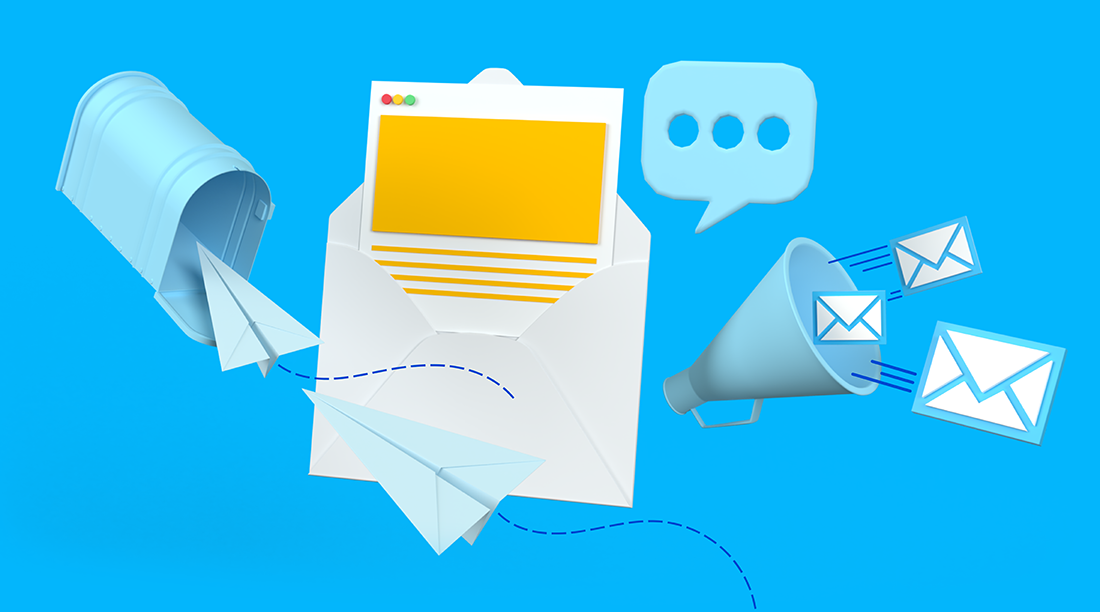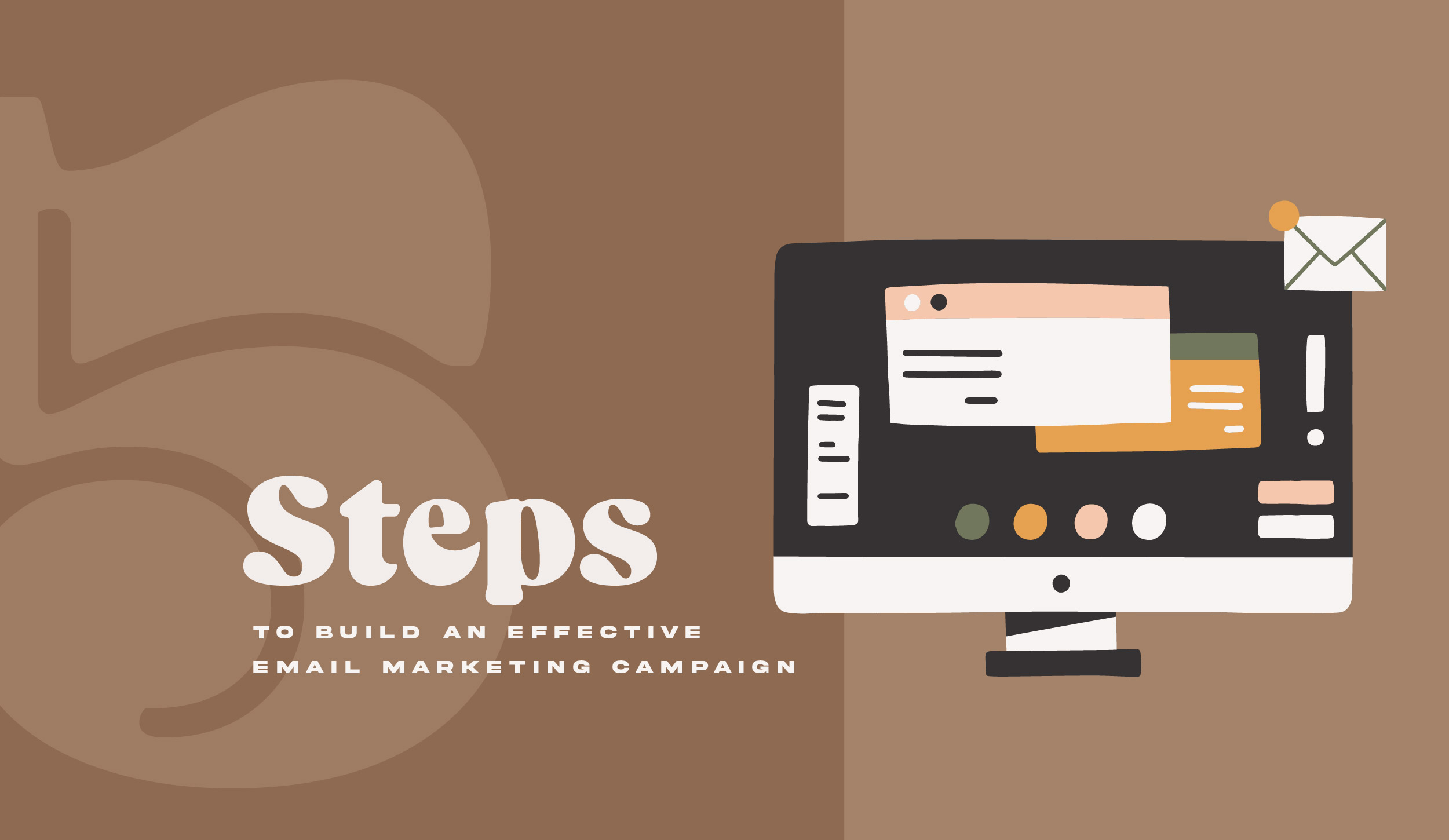Email marketing can be classified as a direct marketing tool that can help to increase brand awareness, acquire new customers or strengthen customer loyalty. While email marketing is still associated with impersonal and irrelevant newsletters, the online marketing channel offers far greater added value for companies.
In this article you will learn what email marketing is, what are the most common forms of emails and how you can use email campaigns to drive your company’s success.
What is email marketing? (Definition)
Email marketing is an online marketing channel and a form of direct marketing. Businesses use email marketing to promote their products or services or to share relevant content with recipients. This form of marketing plays a crucial role in the marketing strategy. Email campaigns can help to increase awareness and brand awareness, win new customers and generate leads, or strengthen customer loyalty and increase customer lifetime value.
Different types of email
Newsletter: The newsletter is probably the classic among the email formats. This means the regular sending of emails to subscribers. Thematically, this type of email relates to business updates, new blog posts, events, promotions, etc. The main goal is to maintain regular customer communication so that the company does not fall into oblivion.
Standalone emails: “Standalone” means something like “solo, alone” and that’s exactly what this type of email stands for. The standalone email describes a one-time send out for a specific reason. For example, while the newsletter is sent once a month with the latest news and content, special events and campaigns (e.g. Black Friday campaign, trade fair presence, special offers) are sent as separate emails. The goal is to draw the customer’s attention to a specific campaign and to consciously promote it.
Trigger e-mailing: A birthday voucher or a welcome email counts as a trigger email, for example. Emails of this type refer to a personalized event, a specific point in time or a special event in the customer journey. Trigger emails are sent based on a predefined rule and can be perfectly combined with an email automation. Due to their high degree of personalization, trigger emails usually achieve very good results.
Transactional emails: Transactional emails are automatically triggered by a specific action by the customer in the system. For example, when goods are ordered on the website, an order confirmation is sent to the customer. Shipping confirmations and invoices are also sent this way. Since this type of email is triggered and expected by the customer himself, this format is of great relevance in email marketing.


